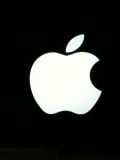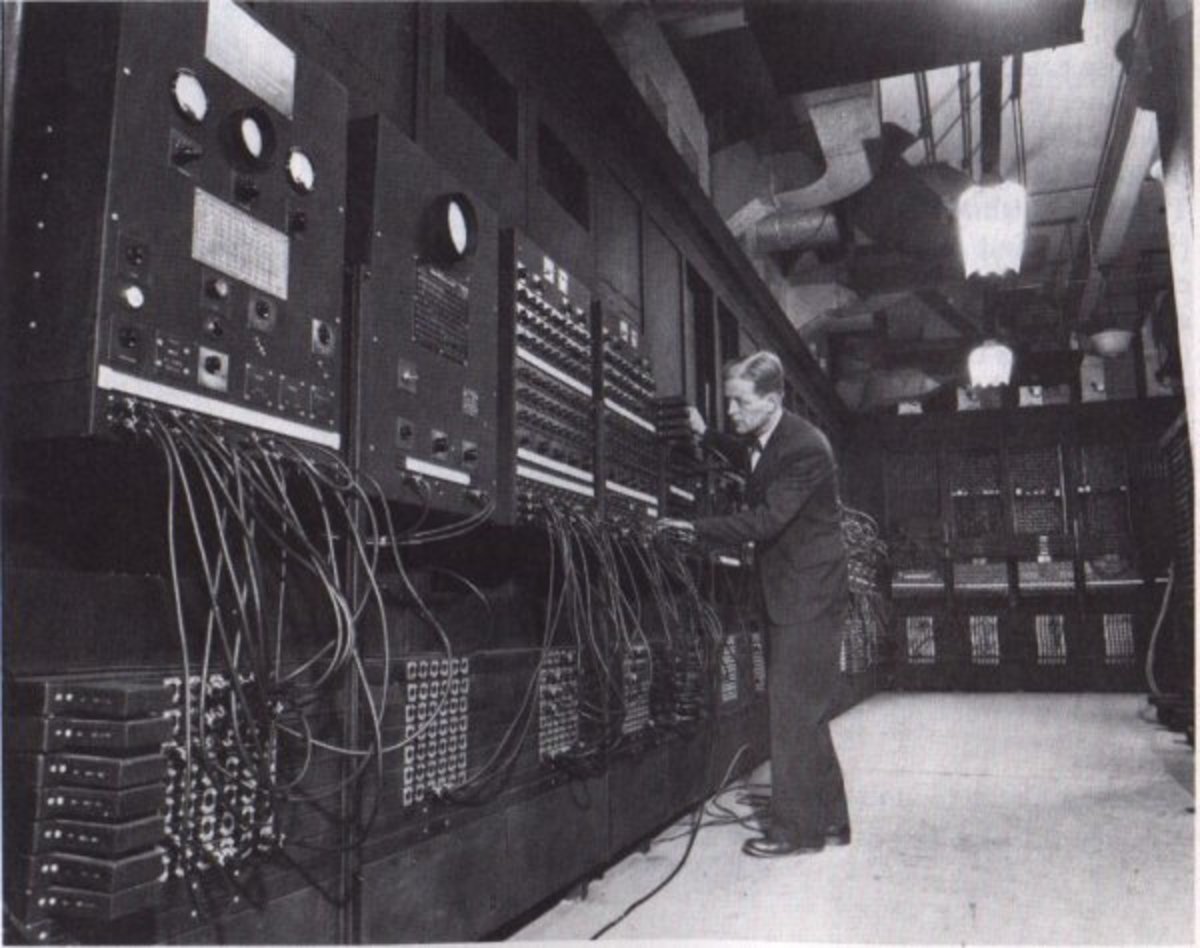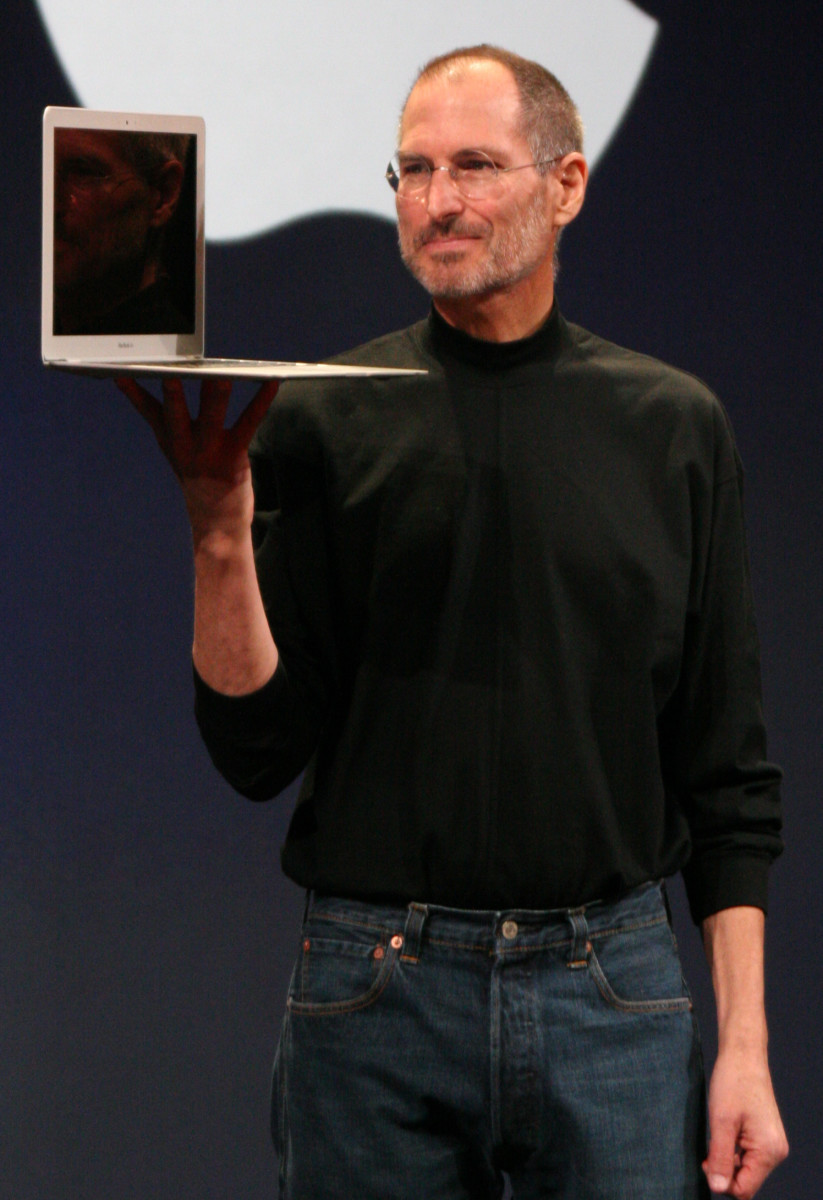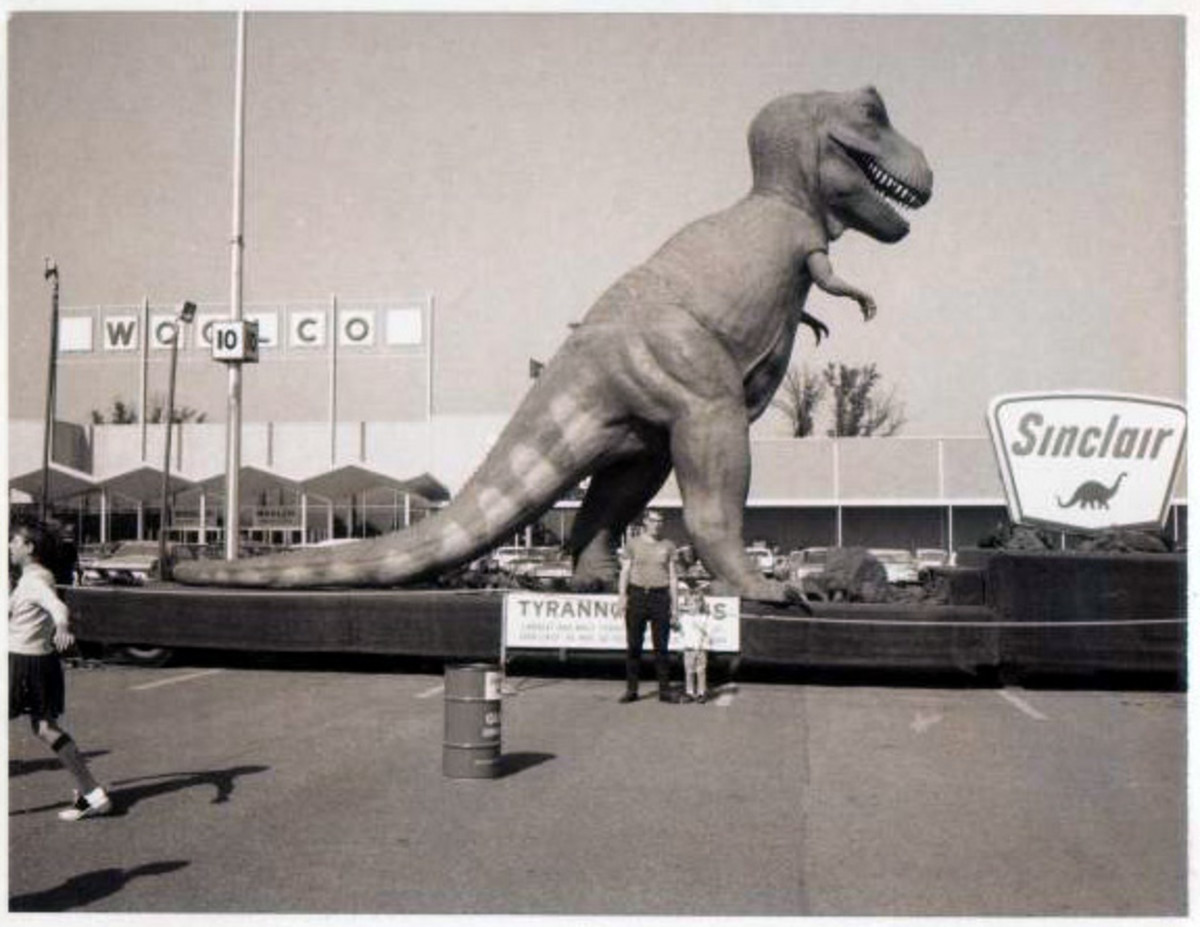A Profile of Apple Inc.
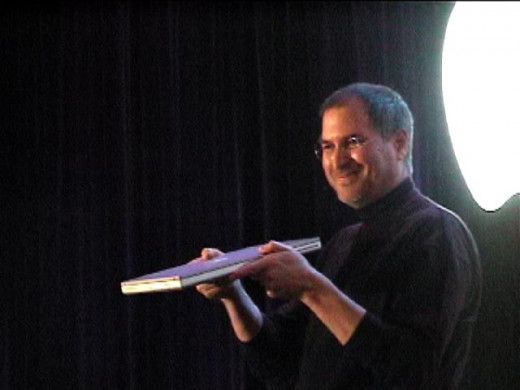
According to BusinessWeek, Apple Inc. has been rated to be The Most Innovative Company for 2008 and 2009 in their article ranking the 50 Most Innovative Companies. Innovation has always been the major focus of Apple Inc and the main reasons for its success and brand recognition. Even when the economy has had most other companies struggling, Apple has managed to innovate its way to positive results. The companies mission statement is:
“Apple ignited the personal computer revolution in the 1970s with the Apple II and reinvented the personal computer in the 1980s with the Macintosh. Today, Apple continues to lead the industry in innovation with its award-winning computers, OS X operating system and iLife and professional applications. Apple is also spearheading the digital media revolution with its iPod portable music and video players and iTunes online store, and has entered the mobile phone market with its revolutionary iPhone.”
Apple was not always on top of its game and early on came close to failure. Apple Computer was founded on April 1, 1976 by two college dropouts, Steven Jobs and Steven Wozniac. Both were working in the tech industry when Wozniac designed what would become the first Apple computer named the Apple I. Jobs insisted to Wozniac that they sell the computer, so they created Apple Computer. Although the Apple I was not taken too seriously, the Apple II was a success for the company and is the first personal computer to include color images and a computer case like we are still familiar with today.
Throughout 1980 and 1981, Apple began to grow into a full company. There was a chosen board of directors, several investors, and more managers to the disliking of the original employees. The computer market was beginning to become saturated and sales struggled at this time. Wozniac was injured in an accident and only came back to the company for a short period of time. Steve Jobs had been taking control of the company and became Chairman. The competition was still increasing and IBM was releasing its first PC to the market. Jobs realized that the company still needed to grow more and that he was not the person to run it. In 1983, John Sculley, president of Pepsi-Cola at the time, came to be the CEO of Apple Computer. Sculley had no experience in the computer industry but Jobs felt he could help change the company. Jobs focus then turned towards the development on the Macintosh that was introduced in January, 1984 during the Super Bowl with its “Big Brother” focus towards IBM. The Macintosh was a success, but Jobs and Sculley were not getting along. In May of 1985, the board of directors voted to side with Sculley when Jobs tried to get back control of the company. Jobs resigned from the company the next day.
Apple had some ups and downs under the reign of Sculley, but in June of 1993 the board replaced him with the COO Michael Spindler. Spindler also had some successes but was struggling to produce the computers for the backlog of orders they had and the company posted a huge revenue loss for the quarter. In January of 1996, he was asked to resign and replaced by Gil Amelio, a former president of a tech company called National Semiconductor.
Amelio also did not last long as CEO. In December 1996 Apple introduced that it was going to buy out Steve Jobs new company he formed after leaving Apple called NeXT, and that Jobs would be returning to the company. By July the next year, Amelios resignation was announced and Jobs new roll with Apple started to become clearer. Apple had no CEO and Jobs began to make large changes with the company. He soon became known as the interim CEO, or iCEO for short and in January 1998 announced first quarter of profits of $44 million dollars. This continued to grow quarter after quarter as Apple introduced new products like the iMac and iBook computers to sell in the consumer markets since this was not a focus of the company in the past. During a keynote presentation in January of 2000, Steve Jobs announced that he was dropping the ‘i’ in iCEO and becoming the CEO for good.
Many consumers entered the computer market by the this time and Apple created many applications to add to the Macintosh for things like movie editing, photo editing, and more but they were missing something. The “Napster Revolution” was taking off at this point. Napster was a software application that allowed users to share what is called MP3 files over the internet. MP3s are simply digital copies of sounds that can be stored on a computer. They are mostly known for the use of music, so in January of 2001, Apple created a program called iTunes that would allow users to manage and play music collections on the Macintosh. This product not only turned out to be a MP3 manager, it became the core of a new non-computer related product in October of 2001 called the iPod. Along with a huge form of revenue income in the future.
Since the “Napster Revolution” was so popular due to people having access to free music, the music industry was struggling. Apple was able to make arrangements with the top 5 music companies to sell music online via a new iTunes Music Store that can be played on the very popular iPod or a computer. The iTunes Store launched in April of 2003. Many consumers felt that they didn’t need to purchase music since it was available free via Napster or other similar services, but the iTunes Music Store was a huge success selling 70 million songs in the first year.
Over the next few years Apple continued to innovate all of their products but focused close attention to the music end of the business with the iPod and iTunes product lines by adding TV shows and movies to iTunes, iPods and the iTunes store. In January of 2007 at another Macworld keynote, Jobs announced a new product called the iPhone and availability through Cingular Wireless, now know as AT&T Wireless. “iPhone is a revolutionary and magical product that is literally five years ahead of any other mobile phone,” said Steve Jobs, Apple’s CEO in a press release. They also announced that they changed the company name from Apple Computer to Apple Inc. since the name didn’t reflect all of its business any longer.
In April of 2007, Apple announced they sold the 100 millionth iPod, 2.5 billion songs, 50 million TV shows and 1.3 million movies and iTunes also became the tool to operate the iPhone for activation and capabilities of syncing music, photos, movies, contacts and more to the unit. Apple sold 1 million iPhones by September of that same year. Currently they have sold over 21 million iPhone units since the launch.
Apple has dominated the online music sales industry. It has help off many competitors that have entered the market including Amazon, Microsoft, Walmart and many other obvious competitors. The competitor of Apple for the computer business is not always as clear. Most people look as Microsoft as the main competitor, but there is a major difference in the companies. Microsoft only makes software and does not manufacture computers like Apple does, making them unique to the industry. Microsoft sells its operating system to computer manufactures like HP, Dell or Acer to include with the systems they build.
The current global recession does not seem to be slowing Apple Inc. down like most of the other companies out there. In the second quarter this year, Apple reported a profit of $1.21 billion dollars which is a 32.9 percent increase over the same period last year. Macintosh computer sales were down three percent but iPod and iPhone sales were increased according to the statement released.
These results are a huge relief to the Apple community of followers in both users and the media. In January this year, Jobs issued a statement to all Apple employees and the media that due to a recent health condition being a distraction and “more complex than I originally thought… I have decided to take a medical leave of absence until the end of June”. After all the previous CEO failures, many feel that the status of Apple is unknown without Steve Jobs and the stock lowered in the days after but recovered as the headlines dropped off about Jobs.
It appears that Apple Computer is able to function, at least for a short period of time, without Steve Jobs. Timothy Cook, the companies Chief Operating Officer, has been running the day to day operations at Apple Inc while Jobs is on medical leave. My recommendation for Apple would be to look for opportunities to highlight some of the other talent, like Cook, to the public in order to assist with public confidence of Apple being able to survive if Jobs was to leave the company. They can do this by allowing other executives to keynote media events or demonstrations.
Although they have also had huge success with the iPhone, I think the company should look to offer the iPhone to other cell phone providers besides AT&T. There are many people that are in long term contracts with other providers like Verizon and Sprint that would purchase the iPhone. Currently the iPhone will not work on these networks and only available on AT&T. this would open the opportunity to increase iPhone sales, and additional revenue through its use of the iTunes Music Store.
The Macintosh product line was the core of the Apple business for a long time, but although they have been profitable, Apple still obtains a small market share of computer sales. Apple in known to be a quality product and cost substantially more than computers from other manufactures. If the products or a line of computers was closer in price to that of a PC, more people would be able to own a Macintosh adding increased market share and happier customers over the competition due to the ease of use the Macintosh was designed for.
Although the media has struggled with the survival of Apple without Steve Jobs, I feel he has left enough of an example of how they need to be run and what Apple Inc. is all about. Innovation.
Recommended Reading



